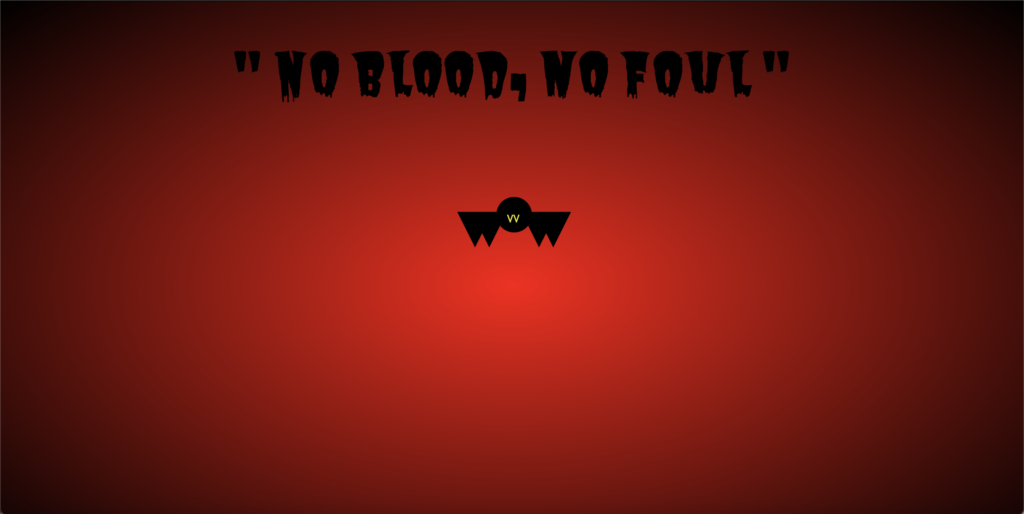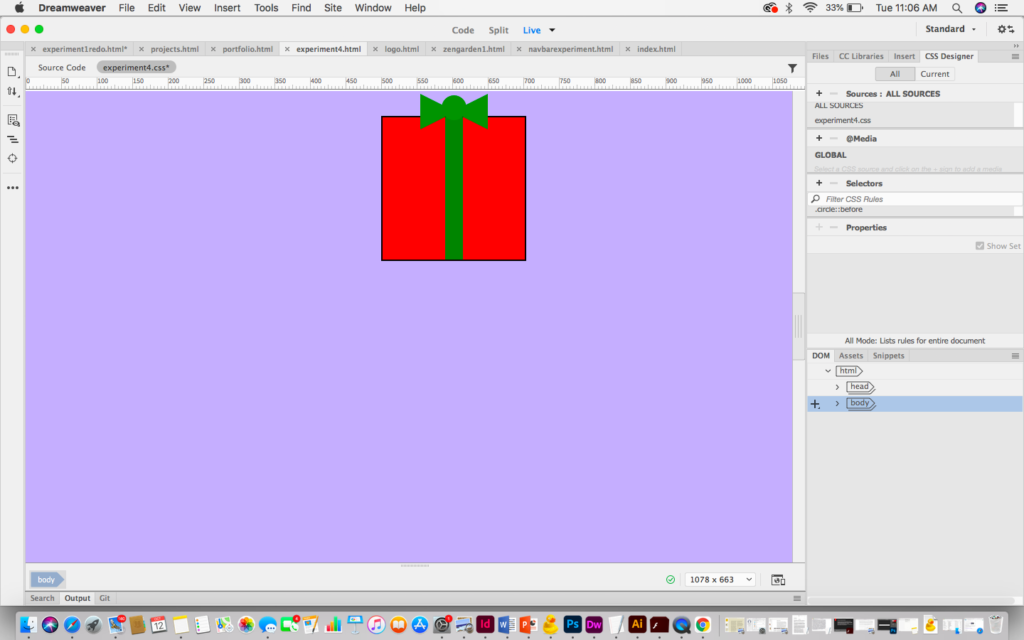What are the goals of Apple’s website? How does Apple’s website address the needs of a user who has just purchased their first MacBook? (Chapter 3)
The primary goal of Apple’s website is to get you to purchase their products. It also emphasises its brand identity by being consistent with the clean look and colors seen in their products and stores. The landing page is mostly dedicated to showcasing their lineup. There is a link to the Support page prominently at the top right on the navigation bar that can be useful to a new MacBook user.
What are the functional specifications of your preferred social media’s home page? If you are not on social media what are the specs for Google? (Chapter 4: Functional Specifications, Content Requirements and Prioritizing Requirements)
The functional specifications of Google are primarily that it allows you to easily enter a search query. This field is large and placed front and center of the page, aside from which, the page is mostly empty space. There are of course links to some of Google’s other services and the user profile located in the top right corner.
What are four architectural approaches to information design and organization? Find one example of each. (Chapter 5: Information Architecture)
Hierarchical: RMU’s website
Matrix: Amazon product pages
Organic: Wikipedia
Sequential: Checkout process for an ecommerce purchase
What percentage of The Huffington Post index page is navigation, and what percentage is content? What about Google, Wikipedia, and Etsy? (Chapter 6)
Almost all of the Huffington Post’s index page is content, with only the navigation bar at the top and some links at the very bottom of the page, far out of the way. The same is true for Google and Etsy, with Wikipedia additionally having a small bar on the left edge of the page.
How does http://landor.com guide the readers’ eyes and focus their attention on what is important? (Chapter 7: Follow the eye)
The text on the landing page is boldly displayed towards the top of the page over a full page image that is mostly a single tone. A small arrow at the bottom center prompts the user to scroll down and as they do, the text fades, while the colors of the image shift to more vibrant hues. This fade in is used repeatedly as you progress down the page with new content becoming more visible as it nears the center of the page. The minimal navigation bar is hidden while scrolling down and only makes itself visible upon scrolling back up.




